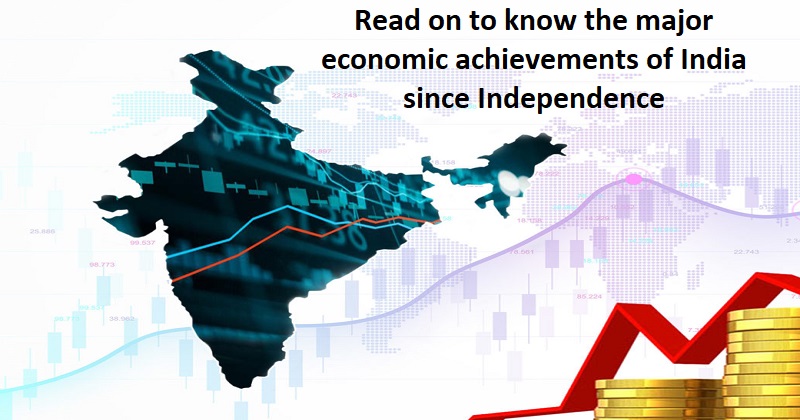
India has made incredible progress in its 75 years of independence. The nation had to undertake a ‘Tryst with Destiny’ to free an exploited 1/6th of mankind from the shackles of the colonial yoke. Therefore, the main obstacles included eradicating poverty, achieving food self-sufficiency in drought-stricken times, and uniting a people split by colonial rulers who were forced to release their imperial shackles by Gandhian non-violent activities. This was made much more challenging by the division of the globe into Cold War foes and bloc politics, which India could not support.
Thus, India not only supported and assisted in the freedom of several colonial nations, but it also established the Non-Aligned Movement (NAM) to further national interests and the cause of peace and development, particularly for the developing and underprivileged globe. It fulfilled its duty as a responsible international player and a voice of reason, becoming a champion for the rights of oppressed people at international fora.
The following points highlight the major achievements of economic planning in India.
Increase in National Income and Per Capita Income:
National revenue has multiplied throughout the planned period. From 1901 to 1947, there was an average yearly growth in national income of 1.2%.
This growth was estimated to have increased by 3% between 1950 and 2000-2001. In addition, the average annual growth rate of national income was 4% from 1970 to 1980 and 5% from 1990 to 2000. The per capita income, which in 1950–1951 was 254.7 at current values, climbed to Rs. 1741.3 in 1980–1981 and then to Rs. 5365.3 in 1990–1991 and finally to Rs. 16563.5 in 2000–2001.
Development in Agriculture:
Agricultural productivity has also shown an upward tendency. Food grain output climbed from 510 lakh tonnes in 1950–1951 to 176.4 million tonnes in 1990–1991 and then to 211.9 million tonnes in 2001–2002.
Development of Industry:
A large portion of the cash allocated to the first five-year plan was used to build the military and industry. The preparation of the blueprints costs around 50% of the overall budget for the plans. The outcome has been a significant boost in industrial production.
Development of Transport and Communication:
The growth of transportation and communication has received a lot of attention throughout the planning phase. More than one-fourth of the overall budget was spent on the advancement of transportation and communication in the first two phases.
The overall length of roads expanded to 19.92 lakh kilometres in 1990–1991 and to 252.2 lakh kilometres in 1998–1999. Similarly, the railroad route increased from 53.6 thousand kilometres in 1950–1951 to 63.1 thousand kilometres in 2001–2002.
Self Reliance:
It appears that significant progress has been made in achieving self-reliance over the past 50 years. We no longer rely on other nations to supply us with food grains and a variety of agricultural commodities. In the same vein, we have significantly increased our investment in both light and heavy sectors. We have the capacity to manufacture all types of fundamental consumer items.
The expansion of fundamental industries like steel, electricity, and chemical fertiliser was given more focus. The importance of establishing self-sufficiency in several sectors was emphasised similarly.
Employment Generation:
The issue of unemployment is particularly serious in India. The development of larger employment opportunities received a lot of attention, including a focus on the establishment of small and cottage industries, the expansion of technical education, the development of self-employment programmes, the creation of larger industries, the improvement of the agricultural and service sectors, etc.

Post Your Comments